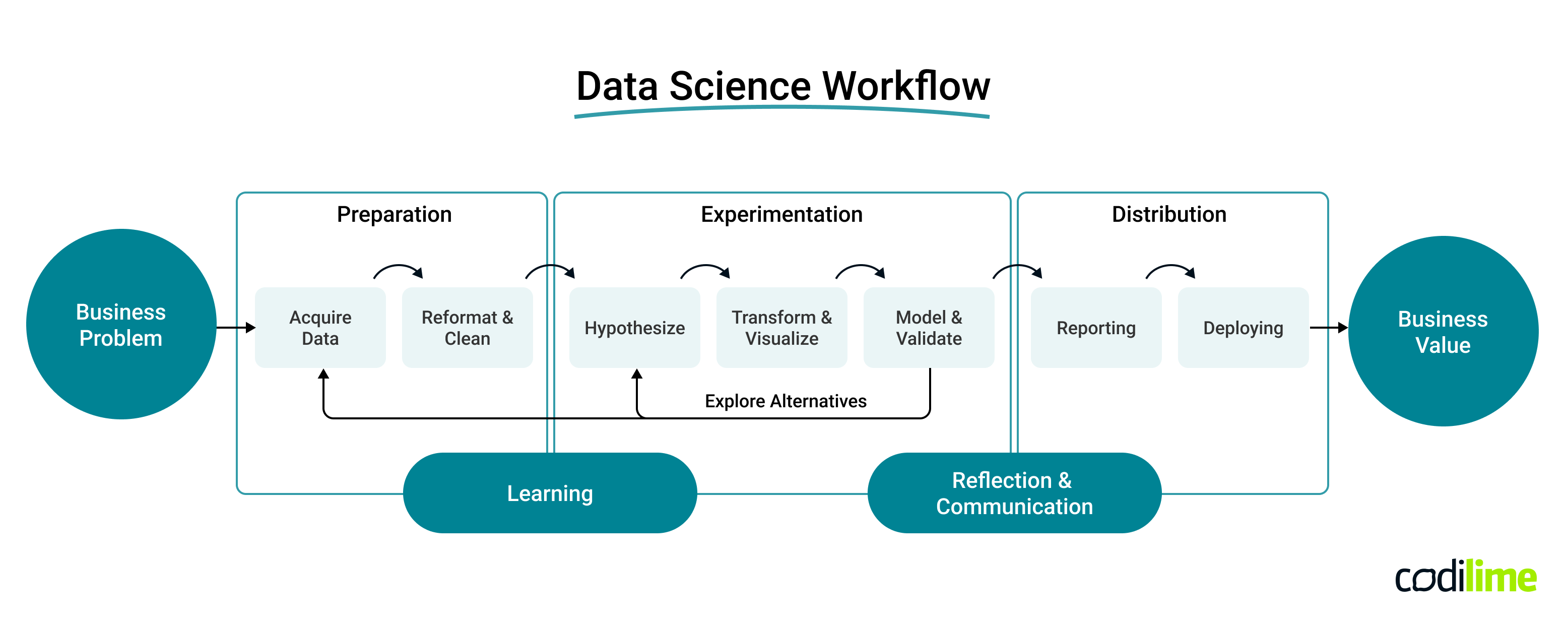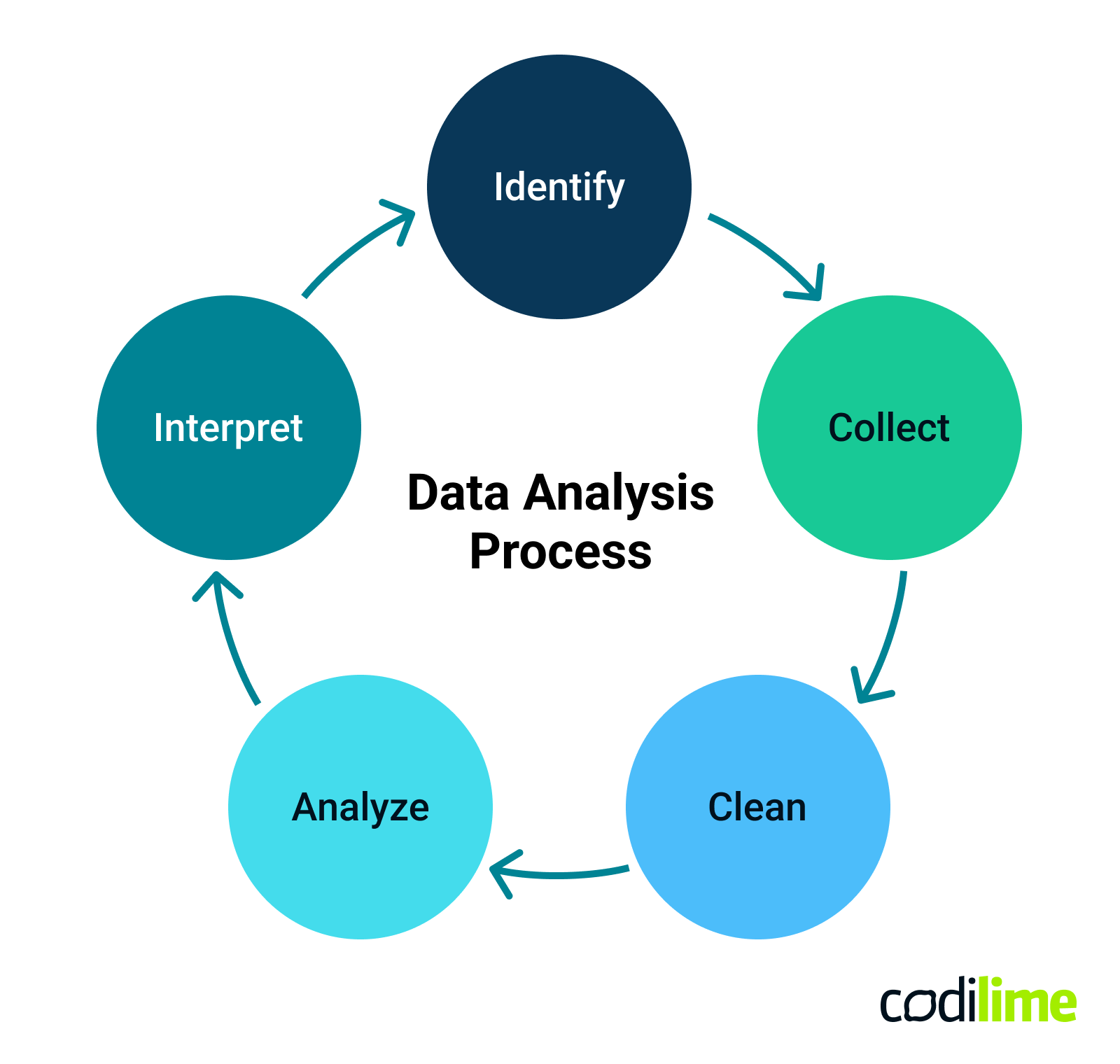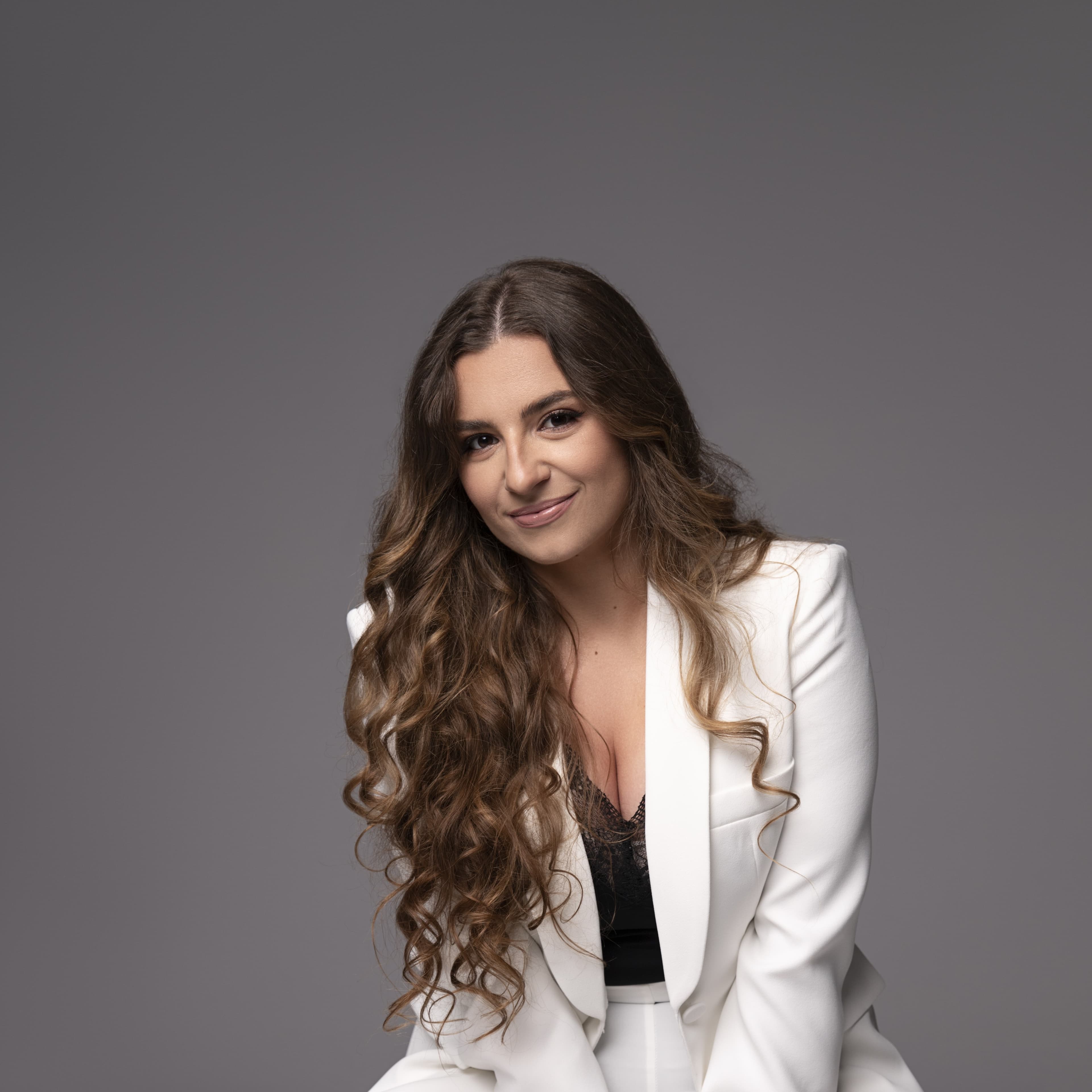We live in a world where data is ubiquitous. Websites track all their users’ every click. Your phone carries a map of where you are and where you’ve been. Smart homes record information about their occupants and sales sites collect data about your buying habits. More and more people want to look for usable information in the data, to draw practical conclusions. This interest in data has developed rapidly and widely with the consequence that companies are looking for professionals with data-driven skills to deal with specific data problems.
Although people use the terms data science and data analytics interchangeably, they perform significant but diverse tasks, and there are great differences between them. In this article we will be covering what Data Science and Data Analytics are, what skills are needed for each of them, the key differences between these two terms and the responsibilities of data scientists and data analysts.
Why is it important?
Before analyzing the definitions and differences between data science and data analytics, let’s first take a closer look at why this is actually important. The demand for data scientists and data analysts is continuing to rise as more businesses realize how important it is to analyze and manage the data they generate. By 2026, the demand for data professionals is expected to grow by 27.9 percent . Also, the amount of data is growing daily, and much of it (55-65 percent each year) is becoming increasingly unstructured
. Unstructured data has immense potential in business to make better-informed decisions. This calls for more data professionals to address the issue.
It can be confusing to distinguish between data science and data analytics. Read this article to know the main differences and similarities between these scientific fields.
Also, we will provide some most important business benefits that might improve your strategic business decisions.
At CodiLime, we believe in the power of data and its benefit to a business. That is why we provide professional services in this field.
What is Data Science?
Data science is a scientific discipline that combines machine learning, statistics, and data mining, and aims to extract new knowledge and insights from existing data by applying appropriate algorithms and statistical analysis.
This practice is important in order to provide some validity to the business and help make business decisions. Examples of data science practices include more efficient advertising systems, after analyzing the data and creating targeted advertisements, based on patterns and customers’ habits; also recommendations engines.
The data science process contains a few stages. Everything starts with a business problem, where the business decision-making team decides to check the possibilities of, for example, maximizing gains or gathering more information about customers’ preferences. In order to prepare accurate algorithms and insights, the data science team has to understand the business side.
As per the figure below, the process begins with preparation. This is a key point in the whole operation, as we do need an accurate, clean collection of data in order to use it for further work. Very often the data happens to be unstructured and unclean, which means appropriate steps need to be taken to improve the quality of the data. This is worth emphasizing as too often the business stakeholders forget the old truth garbage in - garbage out, which basically means that the quality of output is determined by the quality of the input.

The next phase is the experimental stage. Hypotheses are formulated and this is the step where models are created. This leads to the final phase where the final reflections and decisions are discussed.
This is a very simplified view of a data science workflow, however it helps in understanding the whole process. It shows how data science can add business value to any company which can use its data well.
What is Data Analytics?
Data analytics is in some way a subset of data science. As mentioned above, companies generate and collect vast amounts of data on a daily basis. Data analytics is the process of exploring and analyzing these datasets, to discover correlations and find trends and patterns. Similar to data science, it helps with business decision-making and improves the efficiency of the business.
The data analytics workflow presented below contains a process of understanding the problem, data collection - similar to the data science process - then cleaning, analyzing and interpreting data in order to find insights. The goal of the data analyst includes improving decision-making, effective marketing, better customer service, and efficient operations.

Key differences
After getting more familiar with data science and data analytics, we may notice that both terms somehow share the same ultimate goal. The end result of both processes is to derive helpful insights from the collected data. Data analysis uses data to provide awareness that can impact future decisions and extract the most relevant information, whereas data science uses data to predict the consequences of future decisions.

As shown in the figure above, data science and data analytics share common fields, with machine learning being a part of data science. However, while both fields share some similarities, there are also significant differences in the tools and skills required for each.
To learn more about the relationship between data science and machine learning, we encourage you to refer to our separate article titled "Data Science vs Machine Learning."
Data Science & Data Analytics skills
The skill set for data science, at some point, overlaps with that needed for data analytics. They both require knowledge of statistics as well as programming skills. The main skill found in both data science and data analytics is problem solving. The differences start with algorithm development, where data scientists need knowledge of machine learning techniques and software development. On the other hand, data analysts are usually more skilled with business intelligence and visualization tools.

Data Science skills
In data science, some specific skills are required to perform well. Most data scientists are skilled in machine learning, data mining, statistics, computer science, data analysis, object-oriented programming, software development, and Hadoop, Java or Python.
To solve complex problems, data scientists are tasked with designing data modeling processes, making algorithms and predictive models.
If you are interested in the skills and tools needed in data engineering, you can learn more about them by reading this article.
Data Analytics skills
Data analysts also need specific skills to perform well. The most commonly-required skills are statistical analysis, database management, data analysis, data modeling, data mining, R, SAS or Python, and SQL. An in-depth knowledge of these skills is required, but other skills such as critical thinking or proper data collection are also necessary.
The main tasks of data analysts are connected with interpreting data sets using statistical tools and creating data systems and databases. Also, they analyze data sets and then prepare reports that present patterns and trends based on logical insights.
Data Scientist & Data Analyst responsibilities
Responsibilities of a Data Scientist
As per the figure above, the responsibilities of a data scientist are a mixture of statistics, analysis, computer programming, data visualization, machine learning, business analysis and software engineering.
The main responsibilities of a data scientist include development of algorithms and data modeling. They are able to build algorithms and models tailored to the industry they are working in. Data scientists use predictive analytics to recognize customers’ actions and preferences, in order to generate more revenue or product improvement, etc.
Another responsibility of a data scientist is to create A/B testing frameworks. This is a key concept in data science because this method allows the companies to differentiate the performance of the introduced features, for example comparing different displays on an application: how does each option improve “clicking” or time spent on the application?
Data scientists also identify relevant data sources as well as analyze new data sources and enhance the data collection process.
Responsibilities of Data Analyst
On the other hand, the responsibility of a data analyst is to run quantitative analyses. This practice helps in understanding business performance; for example, analysis could help find inefficiencies and also improve business decision-making. Data analysts spend time looking for actionable insights by checking customers’ behaviors, clicks, statistics - everything to help companies to find ways to improve their revenue or products.
Another responsibility of a data analyst is reporting on business key performance indicators - KPIs. This helps companies to notice where changes might be required. Data analysts are also able to write SQL code to pull the data whenever they need it to track business performance. Data analysts are often skilled in performing visualizations, to present in a better way the discovered insights and trends.
Conclusion
While it might not always be clear what the main distinction is between data science and data analytics, data analysts and data scientists both work with data to further business aims. Moreover, after presenting the principal responsibilities of each role - we can clearly see that both data scientists and data analysts can play important roles in a company, helping to understand both improvements and performance. Although differences between data science and data analytics exist, these two data fields are mutually dependent. In this article, we have explored the specifics in depth, and we hope it was helpful for you or your business.










